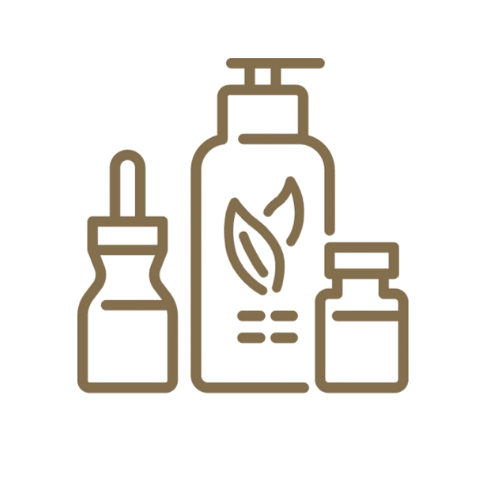Ah, summer ☀️🕶️ —the season of sun-kissed skin, beach trips, and barbecues. While we've all been soaking up the rays and making the most of the long, sunny days, our skin might be quietly asking for a little TLC. If you've noticed that your complexion isn't quite as radiant as your summer memories, you're not alone. As we say goodbye to summer, it's the perfect time to address some common skin woes that can crop up after months of fun in the sun. In this blog, we'll dive into the three most common post-summer skin issues and arm you with simple, effective solutions to get your glow back. So grab a cup of tea, settle in, and let's give our skin the pampering it truly deserves!
Intense sun exposure can lead to a variety of skin issues that shouldn't be taken lightly. Here are the top three problems that can arise from too much time in the sun
1. Sunburn: peeling and inflamed
Imagine your skin is like a wall made of tiny bricks, which are actually skin cells. When you get a sunburn, it's like throwing water balloons (the sun's rays) at the wall. Some of the bricks get soggy and weak. Your body doesn't want weak bricks, so it decides to remove them.
The redness and warmth you feel when you're sunburned is your body sending helpers to fix the wall. After that, your body starts to push off the weak, soggy bricks, making room for new, strong bricks. This pushing-off part is what you see as peeling skin.
So, peeling is like your body's way of cleaning up and making sure only the strong, good bricks (or skin cells) stay on your wall.
The Solution
Peeling
Don't Pick: allow the body to push off the damaged skin cells naturally. Picking can lead to scarring and infection.
Moisturize: apply fragrance free, natural facial lotions and creams, it will keep uncomfortable itching at bay and help new skin cells coming up to the top.
Inflammation
Hydrate: Drink lots of water. When your skin is upset, it can get dry. Water helps keep everything working right.
Antioxidants: Vitamins C and E, selenium, and certain plant compounds can help neutralize "free radicals," which are unstable molecules that can damage cells and contribute to inflammation and aging.
In the context of sunburn and post-summer skin care, using skincare products rich in antioxidants or consuming foods high in antioxidants can offer an extra layer of protection. They can help mitigate the damage caused by UV exposure and assist in the skin's natural repair processes.
2. Hyperpigmentation & Sunspots
Hyperpigmentation and sunspots are basically fancy words for areas of your skin getting darker than the rest. When your skin is exposed to sun for a long period of time your body responds with a natural sun protective: melanin.
Areas of the skin that get more sun exposure, like the face, hands, and arms, are more likely to develop sunspots simply because they're out in the sun more often.
or
Some parts of your skin might be more sensitive to the sun due to various factors like age, genetics, or even previous sun damage. These areas can darken more quickly.
The Solution
Hyperpigmentation & Sunspots
Nano Needling: This involves using cone shaped needles to create small injuries on the skin, prompting it to regenerate and even out the skin tone.
Chemical Peels: These treatments use acids to remove the top layer of your skin, which can lighten hyperpigmentation. This should be done by a qualified skincare professional.
Laser Therapy: IPL Lasers can target dark spots and break up the melanin. Multiple sessions are often required.
3. Increased Risk of Skin Cancer
The most severe long-term effect of sun exposure is an increased risk of skin cancer, including melanoma, basal cell carcinoma, and squamous cell carcinoma. UV rays can damage the DNA in skin cells, leading to abnormal growth and eventually, in some cases, cancer.
The Solution
Sunscreen: Always wear broad-spectrum sunscreen with at least SPF 30, even on cloudy days. Reapply every two hours and after swimming or sweating.
Protective Clothing: Wear long-sleeved shirts, wide-brimmed hats, and sunglasses to protect your skin from direct sun exposure.
Shade: Seek shade during peak sun hours, usually between 10 a.m. and 4 p.m., when UV rays are strongest.
Avoid Tanning Beds: Artificial UV radiation from tanning beds is harmful and can increase your risk of skin cancer.
Regular Check-ups: Have your skin checked annually by a dermatologist, and perform self-exams monthly to look for any new or changing moles, spots, or lumps.
Post-summer skin repair is essential to maintain a radiant and youthful complexion. With these 3 solutions, you can effectively undo some of the summer's harsh effects on your skin. So go ahead and give your skin the pampering it deserves!

